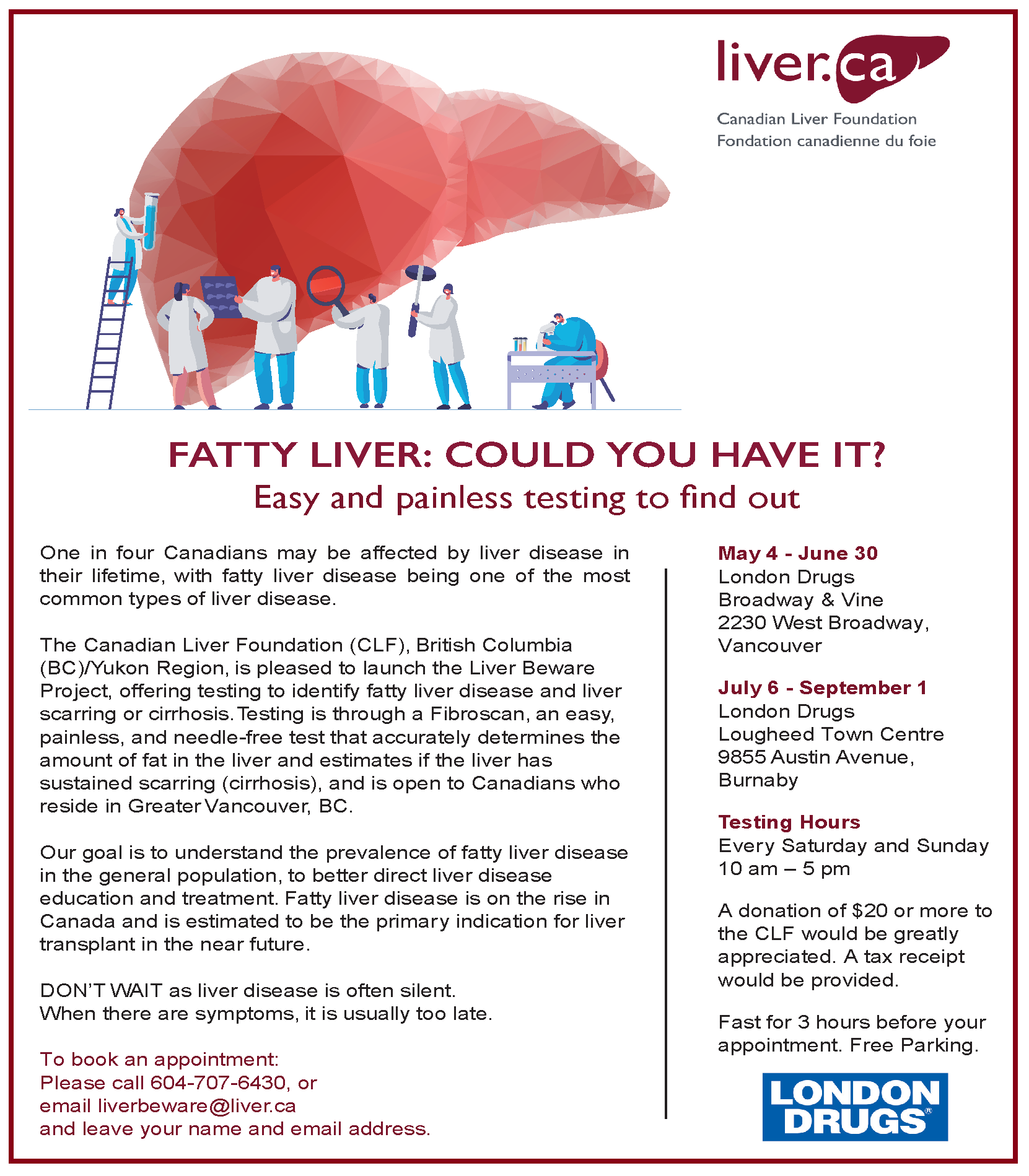The battle over nutrition for young people has escalated in one Toronto school, where kids now are banned from bringing any junk food in their packed lunches.
The new policy at James S. Bell Junior Middle School in suburban Etobicoke, which covers grades one to nine, now bars students from bringing snacks like chocolate, candy, pop and chips. Only fresh, healthy foods will be allowed, CTV News reported.
Even granola bars are verboten as an everyday snack, although they’re apparently allowed on special occasions such as holidays. Granola bars? The high levels of sugar, salt and other dodgy ingredients make them dubious health snacks, as the Globe and Mail noted a few years back.
“If we do find something like a box of Smarties or a KitKat bar … we will just kindly ask the student to take it home,” school principal John Currie told CTV News.
Just how are they going to enforce this?
I have visions of kids queuing up at the school entrance each morning waiting for their lunch bags to be checked, as if they were at the airport. Will there be monitors patrolling the lunch room and playgrounds at recess looking for contraband Mars Bars? Hopefully it’s more benign.
Ontario and other provinces already have policies to ban junk food from school cafeteria menus and snack vending machines as concern rises about sedentary kids’ growing waistlines.
Ontario teacher Paul Finkelstein, in an 2009 article posted on BestHealth.ca, noted voluntary guidelines don’t work, especially when it comes to snack machines. Although education is a provincial responsibility, he recommended lobbying for national nutrition standards for schools.
Ontario passed the Healthy Food for Schools Act, which took effect in 2011. Among other things, it mandated low levels of trans fats in food and drinks provided in schools and set nutritional standards for snacks dispensed from vending machines.
Not everyone’s on board. Some educators and parents believe it’s not the school system’s job to enforce good nutrition.
“It’s the school’s responsibility to encourage healthy living, that’s, after all, why we have physical education,” Doretta Wilson, executive director of the Society for Quality Education and a parent in Toronto, told the Globe and Mail last year.
“But legislating what kids can eat in schools and measuring their BMI [body-mass index] is starting to cross that line into the responsibility of parents.”
A similar effort in the Calgary public school system, which took effect last year, also met with skepticism.
“We have to model good behavior and part of that is to remove things that are unhealthy and we’re poised to do that in January,” superintendent Naomi Johnson told CBC News in 2011 as the transition to a healthy-snacks-only regime began.
But some Calgary parents noted schools get revenue from vending-machine sales and might not welcome the anticipated drop in sales if only fruit juices and packs of carrot strips were offered.
James S. Bell might be something of a special case. Last year it was transformed into a sports and wellness academy, one of the Toronto District School Board’s alternative schools. Its program emphasizes physical fitness.
The Globe noted each student is guaranteed 150 minutes of physical activity a week and offers breakfast and hot lunch programs. Kids who don’t have enough vegetables on their plate are sent back to the cafeteria line for more, Currie told the Globe.











